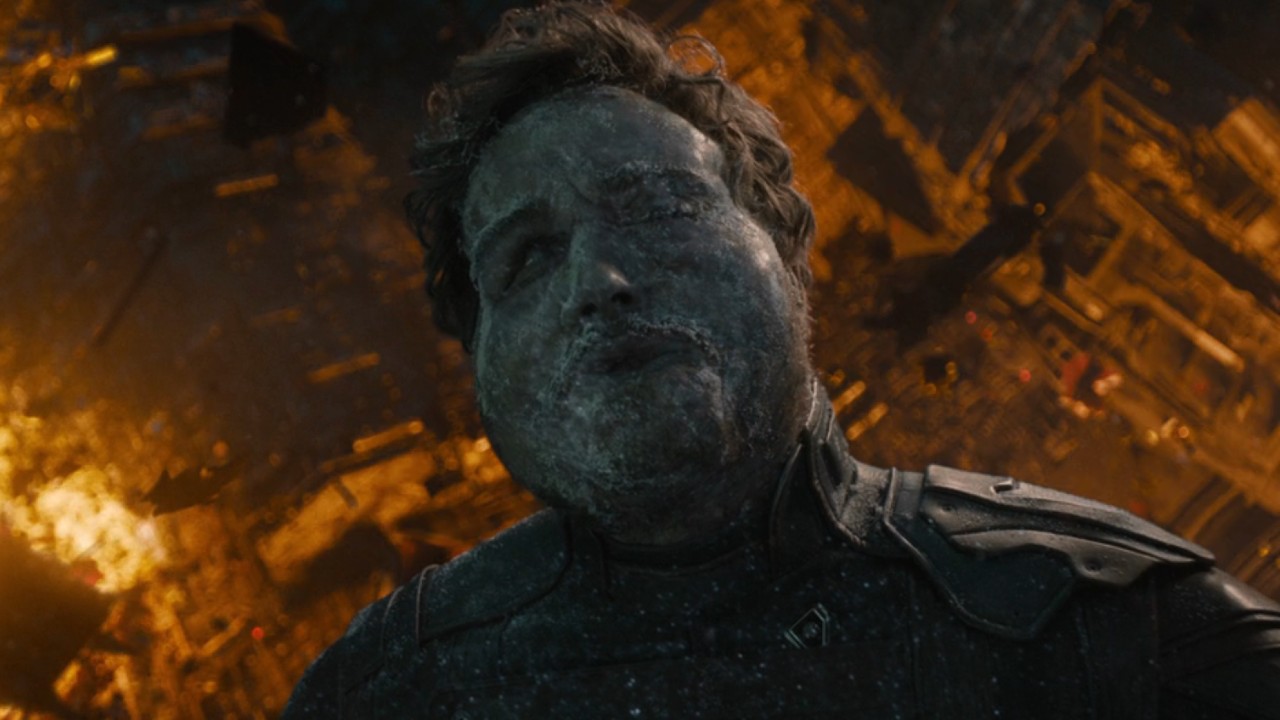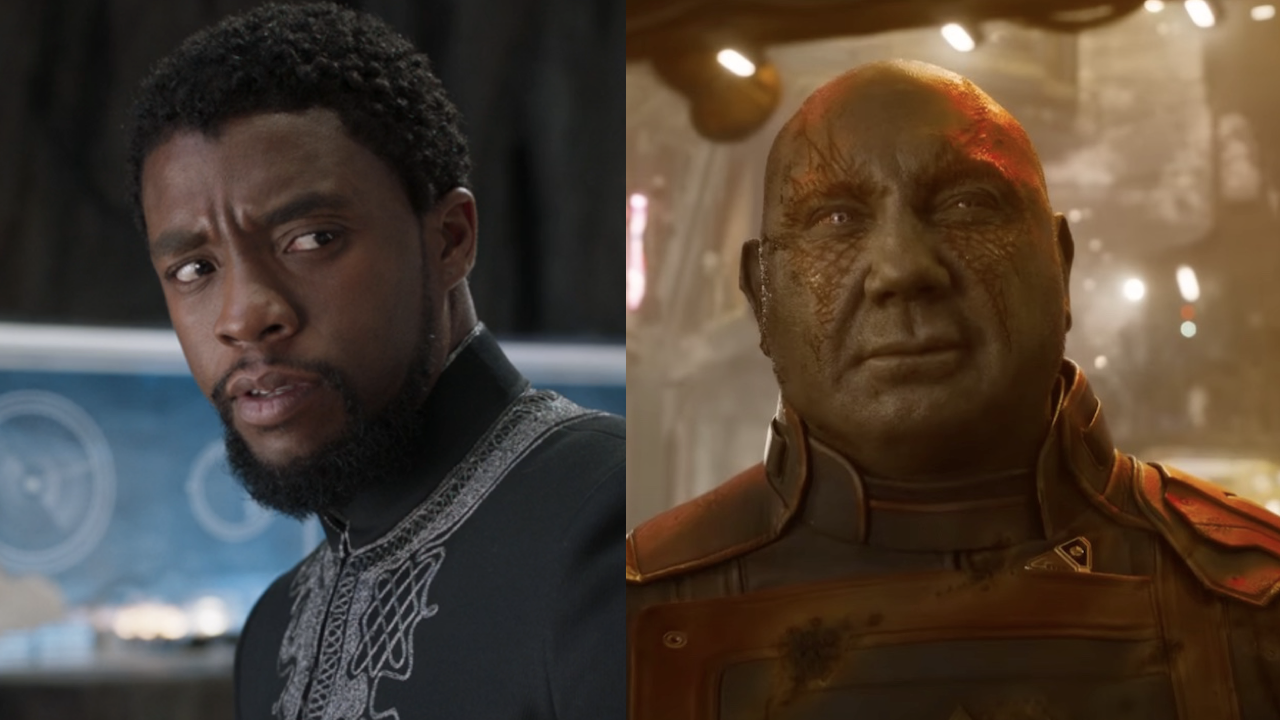’Your Blood Would Fizz Like Opening A Can Of Coke’: How Accurate Is Star-Lord’s Near-Death Scene In Guardians Of The Galaxy Vol. 3 Anyway?
Anyone still think about this emotionally draining scene?
Many of us surely know that movies and TV shows don’t always bend towards realism when it comes to depicting certain scientific laws or natural phenomena. That notion is particularly true when it comes to massive blockbuster movies. (I’m looking at you, Fast & Furious series.) The Guardians of the Galaxy series – a trio of comic book-inspired space operas – has also taken liberties. The latest (and potentially final) installment, Vol. 3, has several sequences that seemingly push boundaries when it comes to authenticity. One such scene shows Star-Lord nearly dying, and a retired astronaut weighed in on the feasibility of that moment. In doing so, he even used an analogy involving blood and fizzing coke.
During the bombastic third act of Guardians of the Galaxy Vol. 3, the titular team staged a daring assault on the High Evolutionary’s Arête Laboratories. It’s there that they save the genetically enhanced humanoid children being held captive there as well as a swath of animals intended to be test subjects. They’re ultimately successful, thanks to some help from their friends at Knowhere, which becomes connected to Arête by Cosmo the canine cosmonaut’s telekinetic bridge. Chris Pratt’s Peter Quill, however, leaves the latter location too late and nearly dies while jumping away. In the end, he was saved by Adam Warlock.

The scene was emotional, as it appeared it would mark the end for the legendary Star-Lord. It was also somewhat grandiose, as Quill’s face began to swell, and frost began to cover his face. Those details were also apparent in Vol. 2 amid the demise of Yondu, who still has one of the most impactful deaths in the Marvel Cinematic Universe. As visceral as Peter’s situation was, that’s not actually how someone would die in the middle of space. Retired astronaut and engineer Chris Hadfield sat down with Vanity Fair to analyze key moments from popular films and break down just how true they are to real life. When it came to GotG Vol. 3, he first pointed out that Quill shouldn’t have been able to stay alive in space as long as he did:
Our best guess is that you can live outside of a spaceship without a space suit for 30 seconds, really no problem. But beyond about a minute and a half, there's gonna be stuff [that] happens to you that does permanent, irreversible and deathly damage. 90 seconds, and you're a satellite.
That honestly was a very long time for someone to remain outside a spaceship. When you think about it, the hero was also able to survive even longer than Yondu did when he was exposed to bare space. Quill’s surrogate father seemed to freeze up somewhat more quickly compared to him. Chris Hadfield went on to confirm that the face swelling audiences witnessed is indeed accurate, though it may not be so extreme in real life. And while laying that out and more, Hadfield made that Coca-Cola comparison:
Within about 15 seconds, all the oxygen that is in your blood will have now come through your lungs the other way, and you will have breathed it out. So in about 15 seconds, you have blood without enough oxygen in it, and when it gets up to your brain, you'll go unconscious. You can see his face swelling up. That’s real. If you popped your helmet off in space, your lungs would sort of collapse, but also your blood would fizz like opening a can of Coke and release the pressure, and suddenly there's bubbles in your blood and in your cheeks and in all of your flesh, and you're gonna swell up – not as much as he’s swelling up here.
There’s also the matter of the frost that eventually formed on the space voyager’s face during the massive sequence. Unsurprisingly, the veteran astronaut, who praised Top Gun: Maverick and Tom Cruise, had thoughts on that matter as well. He explained that freezing does happen but not in the same way depicted in the MCU’s summer blockbuster champion:
It wouldn't happen like that. There's no water on your face. It's not going to instantaneously freeze. You got a lot of thermal mass. It's like sticking a big roast in the freezer — it doesn't instantaneously freeze. It takes a while.
As much as anyone may love the Guardians movies (or any Marvel flick for that matter), it’s hard to deny they don’t always check all of the boxes when it comes to realism. That doesn’t mean the creatives don’t put a lot of time and effort into ensuring accuracy in some ways. And of course, physiological elements do inform some of the filmmakers’ work. In the case of Vol. 3’s writer and director, James Gunn, he researched some gross material – like colonoscopy videos – in order to inform his vision for the Orgoscope. (Talk about commitment.) All of that aside though, Chris Hadfield’s thoughts are incredibly interesting, even if I’m not sure I’ll be able to drink a can of Coke for a while.
Check out the moment Star-Lord nearly dies by watching Guardians of the Galaxy Vol. 3 using a Disney+ subscription. Also, keep an eye out for upcoming Marvel movies that’ll eventually make their way to the streamer.
Your Daily Blend of Entertainment News

Erik Swann is a Senior Content Producer at CinemaBlend. He began working with the publication in 2020 when he was hired as Weekend Editor. Today, he continues to write, edit and handle social media responsibilities over the weekend. On weekdays, he also writes TV and movie-related news and helps out with editing and social media as needed. He graduated from the University of Maryland, where he received a degree in Broadcast Journalism. After shifting into multi-platform journalism, he started working as a freelance writer and editor before joining CB. Covers superheroes, sci-fi, comedy, and almost anything else in film and TV. He eats more pizza than the Teenage Mutant Ninja Turtles.

